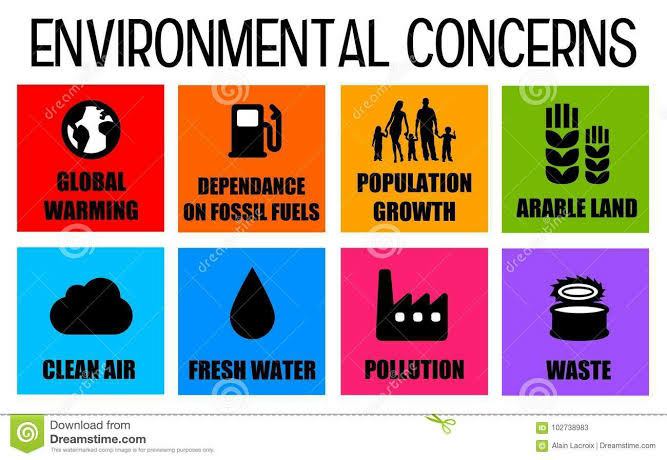The Process of selecting a location for a bullet train line
Bullet trains, also known as high-speed trains, are a revolutionary form of transportation that have transformed travel in many countries around the world. These trains can travel at speeds of up to 200 miles per hour, making them a great alternative to air travel for shorter distances. However, before a bullet train line can be built, careful consideration must be given to the location of the line.
The process of selecting a location for a bullet train line can be a complex and time-consuming process. There are many factors that need to be taken into account to ensure that the line is both safe and efficient. In this blog post, we will discuss the key considerations that go into selecting a location for a bullet train line.
Population Density
One of the primary factors that is considered when selecting a location for a bullet train line is population density. Bullet trains are designed to transport large numbers of people quickly and efficiently, so it makes sense to build lines in areas where there are a lot of people. This is why bullet train lines are often built in densely populated urban areas.
Existing Transportation Infrastructure
Another important factor to consider is the existing transportation infrastructure. Bullet trains require a lot of space to operate, so it's important to make sure that there is enough room for the line to be built. Additionally, bullet train lines need to be integrated into existing transportation networks, so it's important to consider how the line will connect with other modes of transportation like buses, taxis, and subways.
Geographic Features
Geographic features also play a crucial role in selecting a location for a bullet train line. The topography of the land can have a significant impact on the feasibility of building a line. For example, a line that runs through a mountainous region may be more difficult and expensive to build than a line that runs through flat terrain.
Environmental Concerns
Another key consideration is the impact that the line will have on the environment. Bullet trains are designed to be a more environmentally friendly alternative to air travel, but they can still have an impact on the environment. For example, a line that runs through a protected natural area may be subject to environmental regulations that could make it more difficult to build.
Economic Viability
Finally, economic viability is an important factor to consider when selecting a location for a bullet train line. Building a bullet train line requires a significant investment, so it's important to ensure that the line will be profitable in the long run. This means considering factors like ridership, ticket prices, and operating costs to determine whether the line will be financially viable.
Once all of these factors have been considered, a decision can be made about where to build the bullet train line. However, even after a location has been selected, there are still many challenges that must be overcome before the line can be built.
First, there is the issue of securing funding. Building a bullet train line is a massive investment that can cost billions of dollars, so it's important to secure funding from both public and private sources. Governments may need to issue bonds or other types of debt to finance the construction of the line.
Next, there is the issue of land acquisition. Building a bullet train line requires a lot of land, and it's not always easy to acquire that land. Governments may need to use eminent domain to acquire private property, which can be a difficult and contentious process.
Finally, there is the issue of construction. Building a bullet train line is a massive undertaking that can take many years to complete. There are many engineering and logistical challenges that must be overcome, such as building tunnels, bridges, and elevated tracks.
In conclusion, selecting a location for a bullet train line is a complex process that requires careful consideration of many different factors. From population density and existing transportation infrastructure to geographic features, environmental concerns, and economic viability, there are many factors that must be taken into account to ensure that the line is both safe and efficient. However, even after a location has been selected, there are still many challenges that must be overcome before the line can be built.
Despite these challenges, building a bullet train line can have many benefits. Bullet trains are fast, efficient, and environmentally friendly, making them a great alternative to air travel for shorter distances. They can also help to alleviate congestion on existing transportation networks, making travel faster and more convenient for everyone.
In recent years, many countries around the world have invested heavily in bullet train infrastructure. Japan, China, and France are just a few examples of countries that have built extensive bullet train networks. In the United States, plans for a national high-speed rail system have been discussed for many years, but progress has been slow due to funding and political issues.
In conclusion, the process of selecting a location for a bullet train line is a complex and challenging undertaking, but it is essential to ensure that the line is both safe and efficient. By carefully considering factors like population density, existing transportation infrastructure, geographic features, environmental concerns, and economic viability, governments can make informed decisions about where to build bullet train lines. With careful planning and investment, bullet trains have the potential to transform travel and provide a fast, efficient, and environmentally friendly mode of transportation for millions of people around the world.
It's also important to note that selecting a location for a bullet train line is not just a technical and economic issue, but also a political one. Governments must take into account the interests and concerns of various stakeholders, including local communities, environmental groups, and businesses.
In many cases, local communities may oppose the construction of a bullet train line due to concerns about noise pollution, environmental impact, or loss of property. It's important for governments to engage with these communities and address their concerns in order to gain their support for the project.
Similarly, environmental groups may be concerned about the impact that a bullet train line could have on local ecosystems or endangered species. Governments must work closely with these groups to ensure that the line is built in an environmentally responsible manner.
Finally, businesses may be concerned about the impact that a bullet train line could have on their operations or profitability. For example, a line that runs through a rural area may be seen as a threat to local businesses that rely on automobile traffic. Governments must work with businesses to address their concerns and ensure that the line will not have a negative impact on the local economy.
In conclusion, selecting a location for a bullet train line is a complex and challenging process that requires careful consideration of many different factors. From technical and economic considerations to political and social concerns, there are many stakeholders that must be taken into account in order to ensure the success of the project. However, with careful planning and investment, bullet trains have the potential to transform travel and provide a fast, efficient, and environmentally friendly mode of transportation for millions of people around the world.
Before concluding this blog, it's worth mentioning that the process of selecting a location for a bullet train line can also be influenced by cultural and historical factors. For example, in Japan, the Shinkansen bullet train network has become an iconic symbol of the country's technological prowess and modernization. Similarly, in China, the development of the high-speed rail network has been seen as a symbol of the country's economic progress and global ambition.
These cultural and historical factors can sometimes lead to decisions that may not be entirely rational from an economic or technical perspective. However, they can also be important drivers of public support and enthusiasm for the project, which can be essential for its success.
In conclusion, the process of selecting a location for a bullet train line is a complex and multifaceted undertaking that requires careful consideration of many different factors. From technical and economic considerations to political and social concerns, there are many stakeholders that must be taken into account in order to ensure the success of the project. By carefully balancing all of these factors, governments can build bullet train lines that provide fast, efficient, and environmentally friendly transportation options for millions of people around the world.




